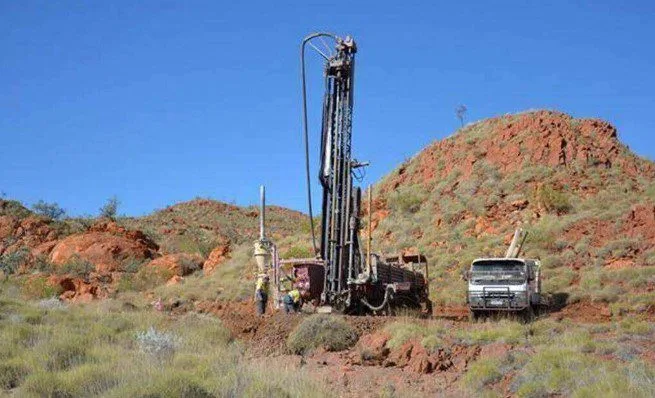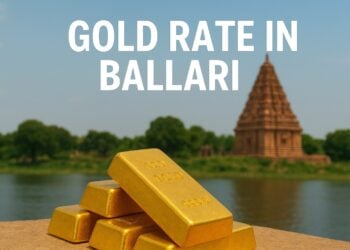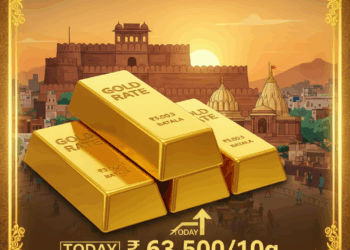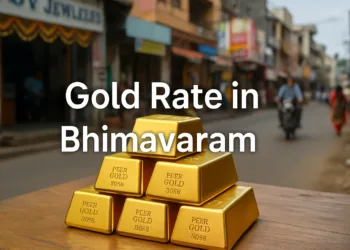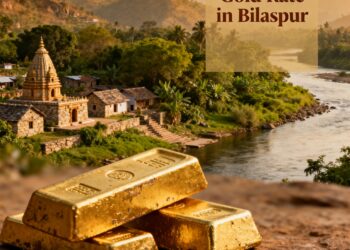India has just been found to have a sizable lithium deposit, which is a rare metal used to make batteries for electrical devices and electric vehicles. It is one of the greatest lithium resources in the world, with an estimated 5.9 million tonnes of the deposit in the Salal-Haimana area of the Reasi District of Jammu & Kashmir (UT).
Rechargeable batteries are utilized in many different electronic products, such as smartphones, computers, and electric cars. Lithium is regarded as a key component in the manufacture of these batteries.
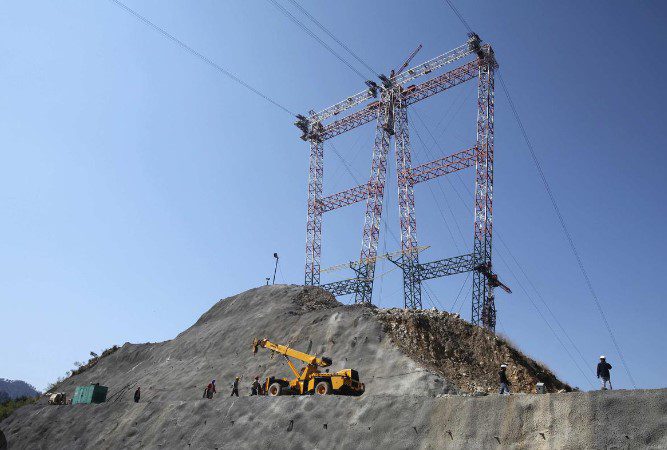
The recent discovery of this significant lithium deposit in India may help the nation satisfy its increasing domestic metal demand, which has been driven in recent years by the rise of electric vehicles and electronic devices.
In addition to supplying domestic needs, India’s discovery of this big lithium deposit may also help it establish itself as a significant player in the world lithium market. The exploitation of this lithium deposit does not come without difficulties, though.
How will Lithium extraction take place & applications?
Lithium extraction from the earth is a difficult process that calls for hefty infrastructural and technological investments. The government of India will need to take steps to guarantee that the extraction from this deposit is conducted in a sustainable and environmentally responsible manner as the impact of lithium mining on the environment is a significant worry.
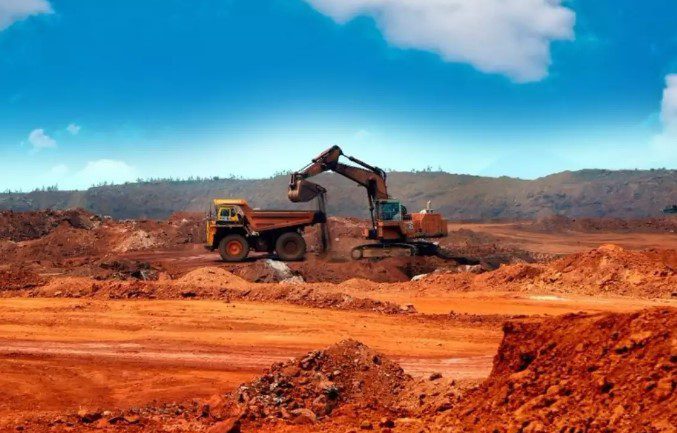
In the field of lithium, China is exceptional. By the end of 2020, the nation’s lithium reserves only accounted for about 7.9% of global reserves, as per BP’s Statistical Review of World Energy 2021. The production of metal, however, is where the nation excels. In terms of manufacturing and purifying lithium, China is thought to own 60% of global capacity. Mineral deposits like lepidolite, petalite, and spodumene are the main sources of lithium; however, to extract lithium, these resources must undergo mineral processing.
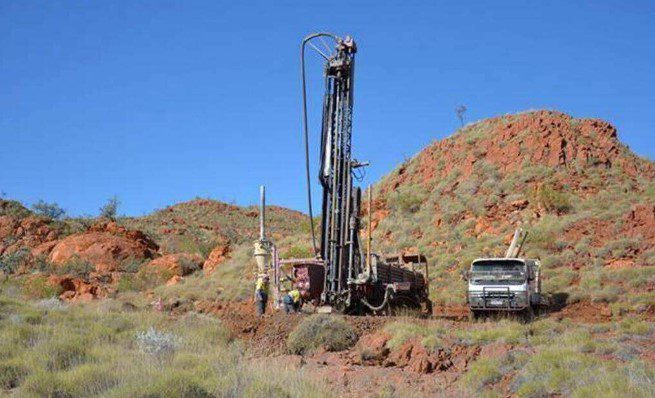
The ore must first be crushed, and the lithium must then be extracted using a variety of methods, including gravity separation, magnetic separation, and froth flotation. Lithium can also be obtained from brine lakes, where it is removed via evaporation and sun concentration. Although the finished product from this procedure may be more time-consuming, it is often less complex than mineral processing. India’s lithium reserves have the potential to enable it to compete with China if produced and refined wisely.

